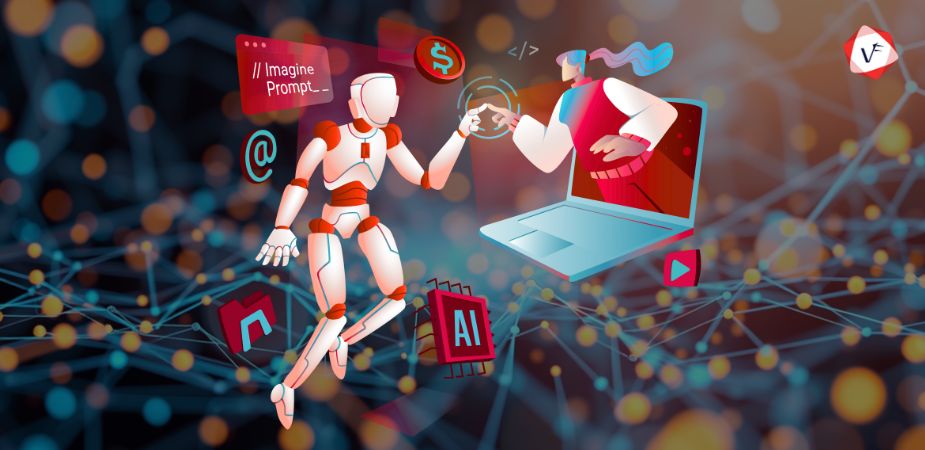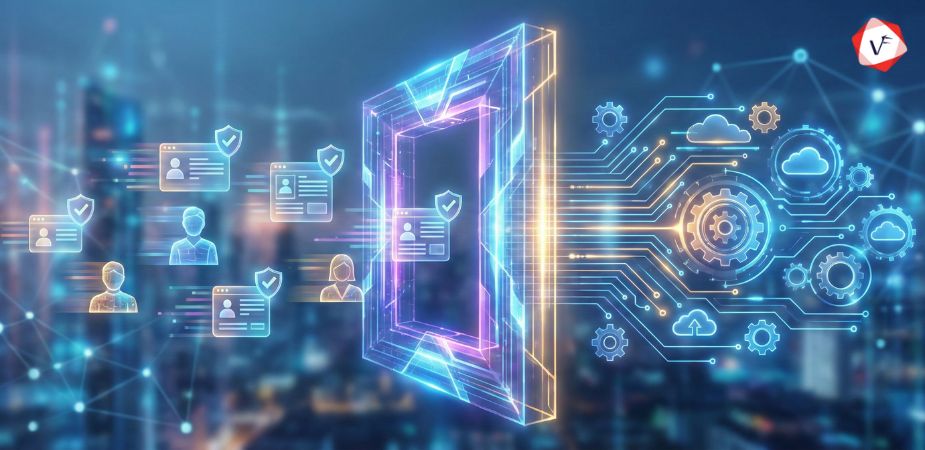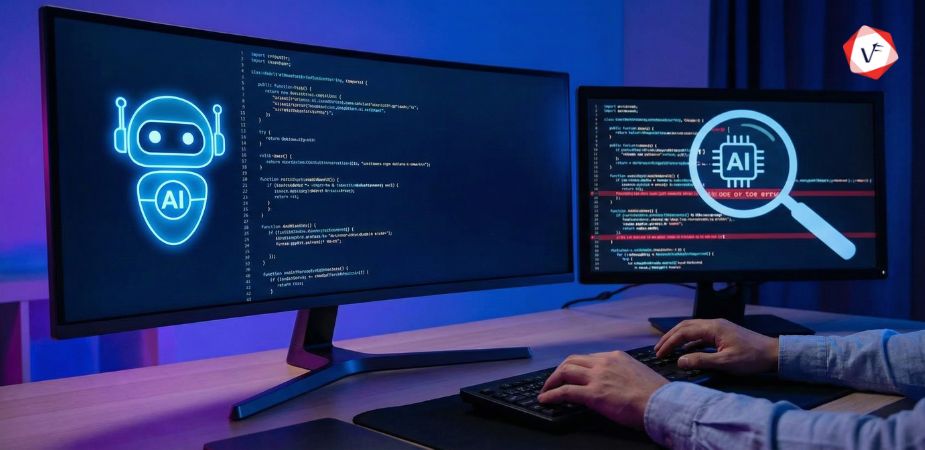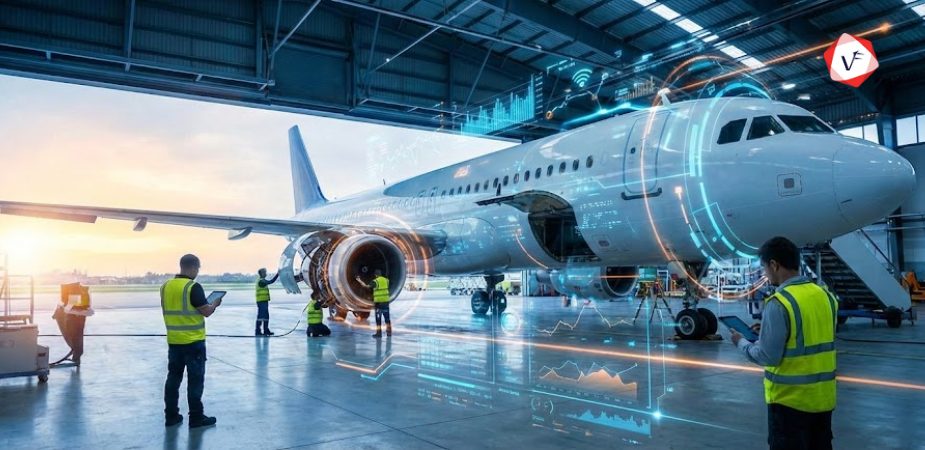The artificial intelligence industry stands at a crossroads between two fundamentally different approaches: open source AI and proprietary AI systems. This battle shapes not only how AI technology develops but also who controls access to these powerful tools.
Open-source AI models like Meta’s LLaMA and Mistral offer transparency and community-driven development, while proprietary AI systems such as OpenAI’s GPT-4 and Google’s Gemini provide polished, commercial-grade solutions. The competition between open source vs proprietary AI represents more than a technical debate—it determines the future accessibility, innovation speed, and democratic distribution of artificial intelligence capabilities across industries and societies.
The Open-Source AI Advantage
Open-source AI development has gained tremendous momentum, challenging the dominance of proprietary AI systems through several compelling advantages. The transparency inherent in open-source AI allows researchers, developers, and organizations to examine, modify, and improve upon existing models without restrictions. This accessibility democratizes AI development, enabling smaller companies and individual developers to build sophisticated applications without massive financial investments.
The collaborative nature of open-source AI accelerates innovation through community contributions. When thousands of developers worldwide can access and improve upon AI models, the pace of advancement often surpasses what single companies can achieve internally. Open source AI projects benefit from diverse perspectives, bug fixes, and feature enhancements that emerge from global developer communities.
Cost considerations make open-source AI particularly attractive for businesses and startups. Organizations can deploy open-source AI models without licensing fees, reducing barriers to entry and enabling experimentation with AI technologies. This economic advantage allows companies to allocate resources toward customization and application development rather than expensive proprietary AI subscriptions.
The flexibility of open-source AI systems enables extensive customization for specific use cases. Developers can fine-tune models, modify architectures, and integrate capabilities that proprietary AI vendors might not prioritize. This adaptability proves crucial for specialized industries requiring tailored AI solutions that generic proprietary AI models cannot adequately address.
The Proprietary AI Stronghold
Proprietary AI systems maintain significant advantages that continue to attract enterprises and consumers despite the appeal of open source alternatives. The substantial resources invested by companies like OpenAI, Google, and Anthropic result in highly polished, reliable AI products that often exceed the performance of open-source AI counterparts.
Quality assurance represents a major strength of proprietary AI systems. These companies employ dedicated teams for testing, safety measures, and user experience optimization. The controlled development environment of proprietary AI ensures consistent performance, security standards, and professional support that many businesses require for mission-critical applications.
Proprietary AI companies can invest heavily in research and development, often producing breakthrough innovations that push the boundaries of artificial intelligence capabilities. The financial incentives and competitive pressures drive these organizations to achieve state-of-the-art performance that open source AI projects might struggle to match without similar resource commitments.
Integration and ecosystem development favor proprietary AI systems in many cases. Companies like Microsoft have seamlessly integrated AI capabilities across their product suites, creating comprehensive solutions that would be challenging to replicate through open-source AI alternatives. This ecosystem approach provides users with cohesive, well-supported AI experiences.
The liability and accountability aspects of proprietary AI appeal to risk-averse organizations. When businesses deploy proprietary AI systems, they typically receive warranties, support guarantees, and clear responsibility chains that open-source AI implementations cannot always provide.
Performance & Innovation Comparison
The performance gap between open source AI and proprietary AI continues to narrow, with some open source models achieving comparable results to their proprietary counterparts. Recent developments in open-source AI, particularly in language models and computer vision, demonstrate that community-driven development can produce highly capable systems.
However, proprietary AI companies often maintain advantages in specialized domains requiring extensive training data, computational resources, and domain expertise. The massive investments in infrastructure and talent enable proprietary AI systems to excel in areas where open-source AI projects face resource constraints.
Innovation patterns differ between the two approaches. Open source AI tends to produce rapid iterations and experimental features, while proprietary AI focuses on polished, production-ready capabilities. This difference means open-source AI often explores novel approaches faster, while proprietary AI delivers more stable, enterprise-ready solutions.
The research publication practices also impact innovation diffusion. Many proprietary AI companies selectively share research findings, while open-source AI inherently promotes knowledge sharing. This transparency in open-source AI accelerates overall field advancement but may reduce competitive advantages for individual contributors.
Market Adoption & Business Models
Enterprise adoption patterns reveal interesting trends in the open-source vs proprietary AI competition. Large corporations often prefer proprietary AI solutions for their core business applications due to support, reliability, and accountability requirements. However, many organizations use open source AI for experimentation, research, and non-critical applications.
The business models surrounding open source AI and proprietary AI create different incentive structures. Proprietary AI companies must generate revenue directly from their AI products, driving focus on user experience and market-ready features. Open source AI projects often rely on indirect monetization through consulting, hosting services, or complementary products.
Startups and smaller companies frequently gravitate toward open-source AI solutions due to cost constraints and flexibility requirements. This adoption pattern creates a substantial user base for open source AI, potentially influencing long-term market dynamics as these companies grow and mature.
The hybrid approach has emerged as a popular strategy, with organizations using both open-source AI and proprietary AI systems depending on specific requirements. This pragmatic adoption pattern suggests that the future may involve coexistence rather than winner-take-all scenarios.
Challenges & Limitations
Open source AI faces significant challenges in competing with well-funded proprietary alternatives. The lack of dedicated support, potential security vulnerabilities, and inconsistent quality across different open-source AI projects can deter enterprise adoption. Additionally, the fragmentation within open-source AI communities sometimes leads to duplicated efforts and incompatible implementations.
Proprietary AI systems encounter their own obstacles, including vendor lock-in concerns, limited customization options, and dependency on external providers for critical business functions. The pricing models of proprietary AI can become prohibitive for high-volume applications, pushing organizations toward open source alternatives.
The talent acquisition challenge affects both approaches differently. Proprietary AI companies compete for top researchers and engineers through high compensation packages, while open-source AI projects rely on volunteer contributions and community engagement to attract talent.
Regulatory considerations may increasingly impact both open-source AI and proprietary AI development. Government policies regarding AI safety, data privacy, and algorithmic transparency could favor one approach over another, depending on specific regulatory frameworks.
Security & Privacy Considerations
Security implications differ substantially between open-source AI and proprietary AI systems. Open source AI benefits from community scrutiny, where thousands of developers can identify and address security vulnerabilities. This transparency allows organizations to audit code and understand potential risks before deployment. However, the same transparency means that malicious actors can also examine open-source AI systems for exploitable weaknesses.
Proprietary AI systems maintain security through obscurity, keeping implementation details confidential to prevent reverse engineering and targeted attacks. Professional security teams within proprietary AI companies conduct thorough testing and implement enterprise-grade security measures. However, the closed nature of proprietary AI means organizations must trust vendors without independent verification of security claims.
Data privacy concerns influence the choice between open-source AI and proprietary AI significantly. Organizations handling sensitive information may prefer open-source AI solutions that can be deployed on-premises, maintaining complete control over data processing and storage. Proprietary AI services often require data transmission to external servers, raising privacy concerns for regulated industries.
The international data transfer regulations further complicate proprietary AI adoption. Organizations in regions with strict data localization requirements may find open source AI more suitable for maintaining compliance while still accessing advanced AI capabilities.
Community & Ecosystem Development
The community aspects of open source AI create unique advantages in fostering innovation and knowledge sharing. Open source AI projects typically maintain active forums, documentation repositories, and collaborative development platforms that facilitate learning and problem-solving. This community support system often provides faster responses to technical questions compared to proprietary AI support channels.
The educational value of open-source AI cannot be overstated. Students, researchers, and developers can learn from real implementations, contribute to meaningful projects, and build expertise through hands-on experience with production-quality code. This educational aspect helps create a skilled workforce familiar with AI technologies.
Proprietary AI ecosystems focus on creating comprehensive solutions and partnerships that enhance user experiences. These ecosystems often include third-party integrations, certified consultants, and specialized training programs that provide structured learning paths for enterprise users.
The sustainability of open-source AI projects depends on continued community engagement and contribution. Some projects thrive with strong community support, while others struggle with maintainer burnout and declining contributions. Proprietary AI companies provide more predictable long-term support but may discontinue products based on business decisions rather than community needs.
Final Thoughts
The race between open source AI and proprietary AI will likely result in a diverse ecosystem where both approaches thrive in their respective niches. Open source AI will continue democratizing access to artificial intelligence while driving rapid innovation through community collaboration. Proprietary AI will maintain its position in enterprise applications requiring reliability, support, and polished user experiences.
The ultimate winners will be organizations and developers who strategically leverage both approaches to meet their specific needs. For businesses seeking expert guidance in navigating these AI development choices, Vofox’s AI/ML development services provide comprehensive solutions tailored to leverage both open source and proprietary AI technologies effectively.
Ready to explore AI solutions for your business? Contact Vofox Solutions to find out how we can help you choose and implement the right AI approach for your unique requirements.





